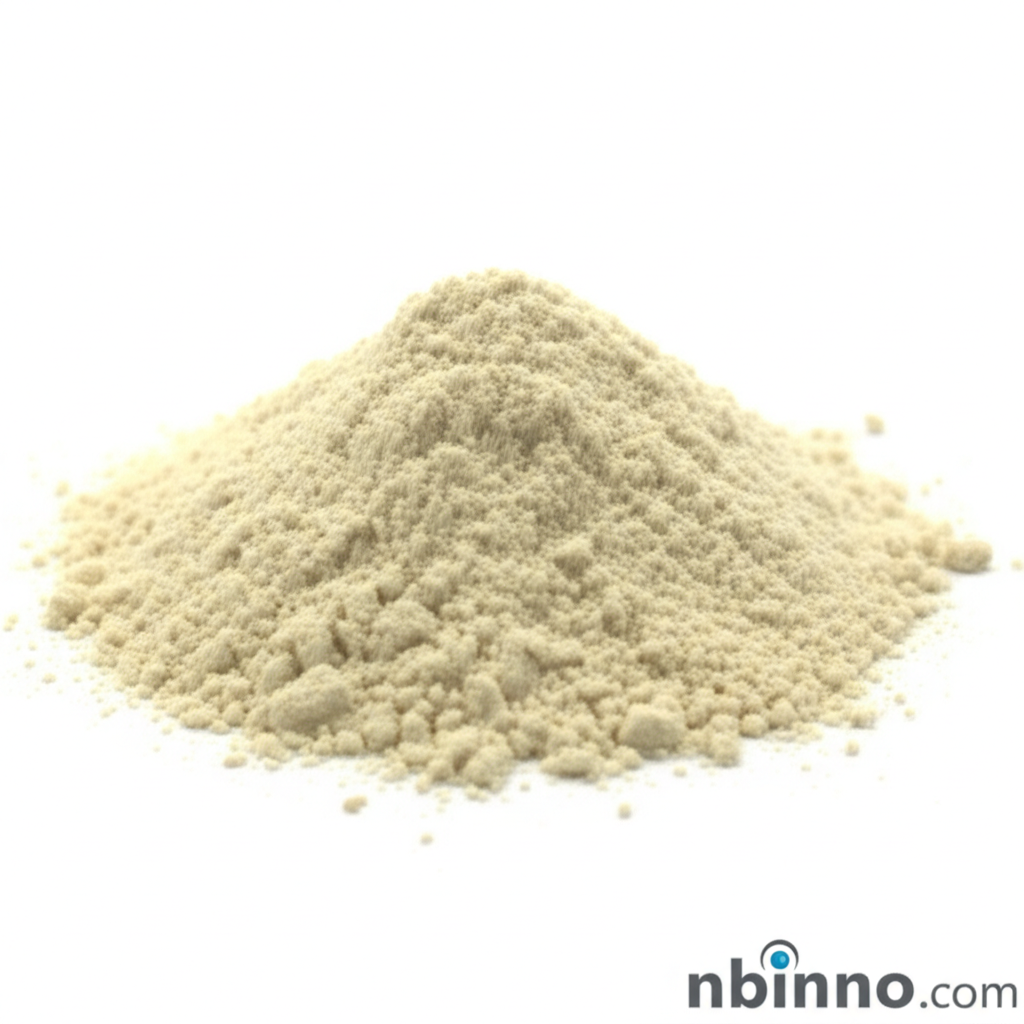6-Chloronicotinic Acid: A Versatile Intermediate for Pharmaceutical and Agrochemical Synthesis
Discover the key applications and properties of this vital organic building block in modern chemical industries.
Get a Quote & SampleProduct Core Value

6-Chloronicotinic Acid
6-Chloronicotinic Acid, identified by CAS number 5326-23-8, is a crucial organic synthetic intermediate with significant applications across various chemical sectors. Its value is particularly recognized in the pharmaceutical industry as a building block for synthesizing diverse bioactive molecules, including those used as BRAFV600E inhibitors and novel DNA-gyrase B inhibitors. Furthermore, it plays a role in agrochemical development and general organic synthesis.
- Leverage 6-chloronicotinic acid uses for your advanced organic synthesis projects, ensuring high purity and reliable performance.
- Explore the advantages of using a key intermediate for pharmaceutical synthesis, enabling the creation of novel drug candidates.
- Understand the role of this pyridinecarboxylic acid derivative as a building block in agrochemical development for crop protection.
- Benefit from its physical and chemical properties, such as its off-white to beige crystalline powder form and solubility in water and organic solvents.
Key Advantages
Versatile Building Block
Utilize 6-chloronicotinic acid as a fundamental component in complex chemical synthesis, supporting the creation of innovative compounds.
Pharmaceutical Applications
This chemical intermediate is vital for the synthesis of pharmaceuticals targeting various diseases and biological pathways.
Agrochemical Contributions
Contribute to effective crop protection strategies by employing this compound in the development of new agrochemicals.
Key Applications
Pharmaceutical Synthesis
As a key intermediate, it aids in the development of new drugs and therapies, showcasing its importance in medicinal chemistry and drug discovery.
Agrochemical Development
This compound is integral to creating advanced agrochemicals designed for enhanced crop protection and yield improvement.
General Organic Synthesis
Researchers and chemists utilize its versatile structure for a wide array of synthetic transformations and the creation of novel organic molecules.
Environmental Studies
Recognized as a metabolite of neonicotinoid pesticides, it is studied in environmental science to understand degradation pathways and impact.
